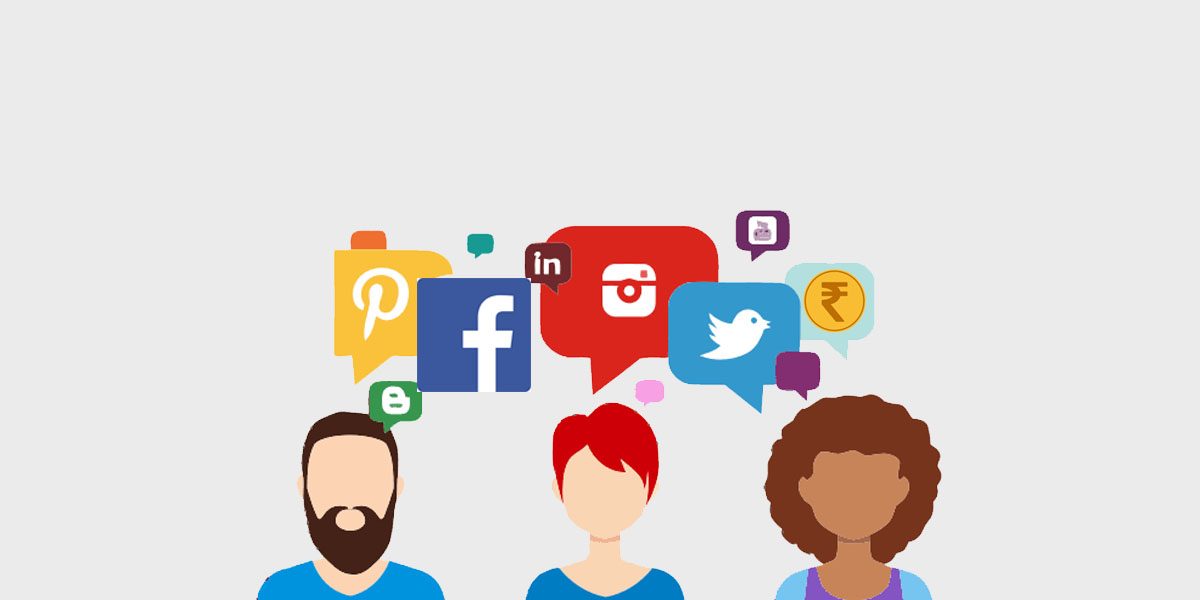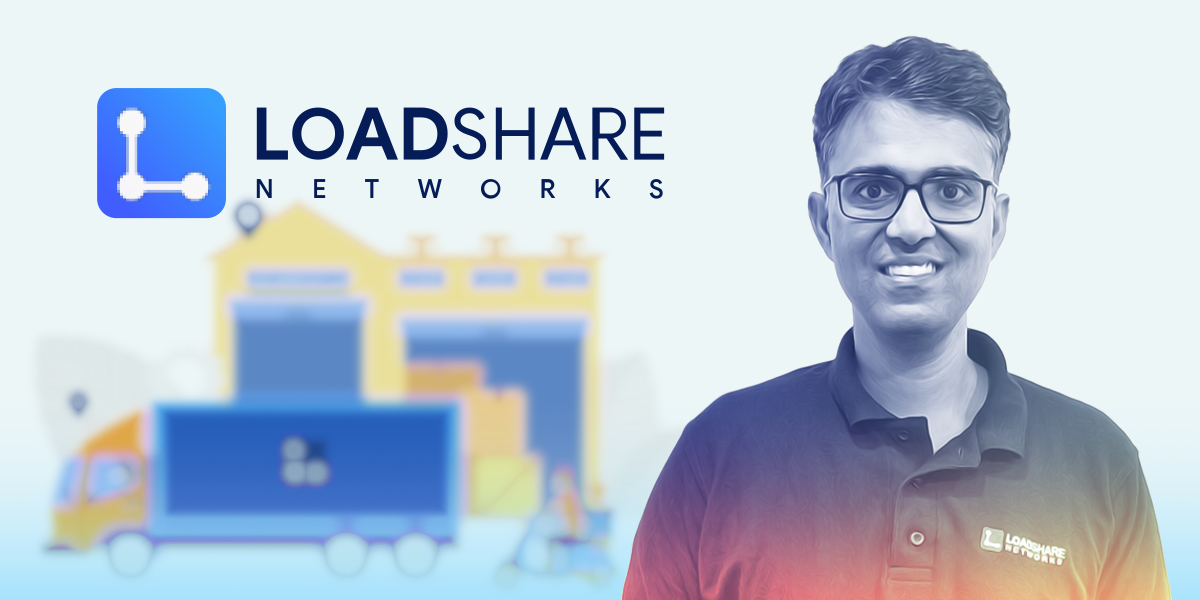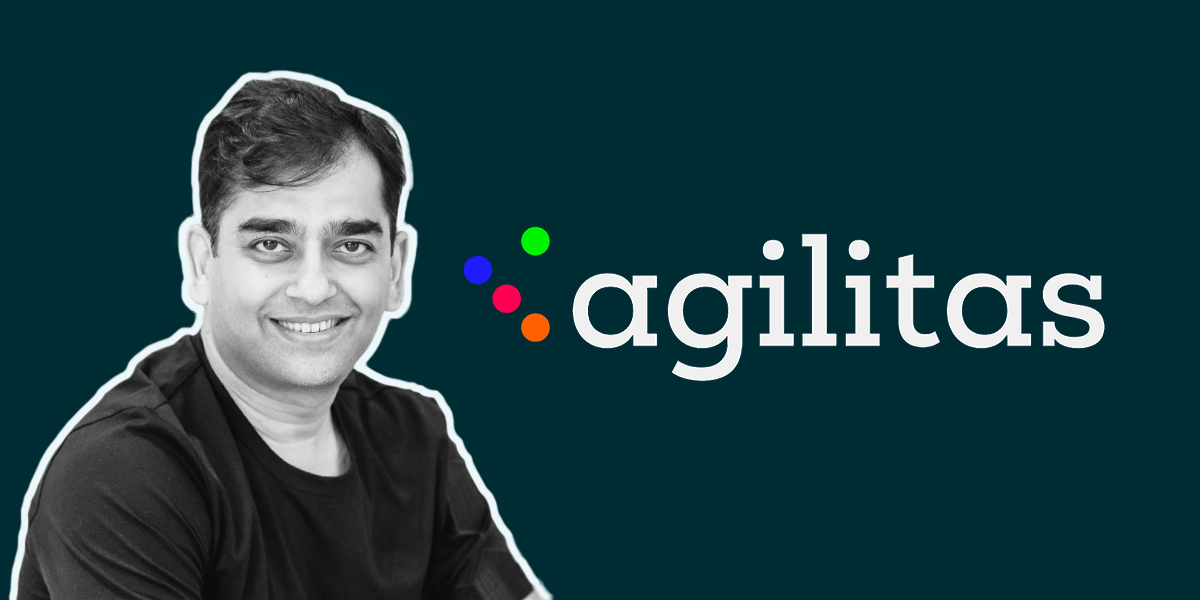I guess we all have seen those subtle references to brands and products while consuming content from our favourite celebrities. Isn’t it so that we remember these specific products more than others due to a greater associability and the overgrowing use of social media.
That is influencer marketing for you.
It has consistently grown as an industry over recent years. As SocialSamosa data illustrates:
Influencer Marketing is HUGE
But you probably already know that, thanks to the gazillion Instagram models, photographers, and YouTubers that you come across in your daily lives.
The reason, as explained by one of the first internet entrepreneurs to understand this market potential – Viraj Malik, CEO and Founder of VURoll, is simple. “Paid advertising is losing its touch. Unlike other forms of marketing, this is inclusive, at times irrelevant enough to make people immune to the tactics, and accounts for lesser audience engagement.”
Malik makes a strong point here as the crème de la crème of the target audience, the millennials have changed the way they consume media, they have moved way past the idiot box that is television broadcasting; print media and radio feel ancient to them. They do, however, listen to what other people have to say. As much as 92% percent of consumers follow word-of-mouth references over any type of traditional advertisement.
Here comes the role of a social media influencer, the YouTuber or the Instagrammer that a whole generation has familiarized itself with and made a part of their everyday life. They follow these creators on different platforms and pay attention to what they say or the products they use.
Brands use these influencers to curate a pipeline of content that caters to the message they plan to convey, in a subtle yet conspicuous way that makes consumers aware of these brands’ products.
This would then go on to enable sales generation via affiliate marketing or just increase the product and brand visibility on the web to catch the ever so valuable gaze of the most coveted demographic of 16-34-year-olds who would then drive their brand’s gospel to the larger market.
Why, you’d ask? These young consumers are collectively expected to spend more than $200 billion annually, and upwards of $10 trillion throughout their lifetimes, a rather conservative estimate still.
HYPE SELLS.
Pretty much explains the emergence of startups such as BulBulShop, EkAnek, SimSim doesn’t it?
But the money question here is “How do brands do it ?”
It’s challenging for these companies to understand the influencer marketing paradigm and the pain of connecting these brands with the befitting influencers is real.
This is where Advertising agencies and PR firms come into the play. Agencies like VaynerMedia, the brainchild of Marketing rockstar and hustle guru of the internet – Garry Vaynerchuk have capitalized on their understanding the behaviour of the new consumers as well as the developing market of social media influencers and how they function.
Anchal Nagar, an independent brand consultant, elaborates “Brands don’t like approaching influencers directly as they believe they are not the best judge of how it works, which is mostly true. Hence PR/ Media companies become the middlemen.”
Apart from the traditional agency set up, there’s a new crop of influencer marketing platforms like FameBit and the homegrown companies like VURoll that are coming up. They provide the brands as well as the creators a platform to connect and offer a plethora of tools like data analytics, target audience algorithms that match brands with right influencer and helps the branded content reach the right audience.
So, if you’re a billion-dollar conglomerate or even small entrepreneur looking to catch eyeballs on the internet and generate sale or brand recall, what do you do?
You reach out to these companies when lacking answers to questions like “How do we design the pay structure of these influencers?”, “Which platforms would be most suitable to transmit the brand’s gospel to its target audience ?” or “How do we use the internet celebrity of this teenage Instagrammer to catch the fancy of consumers?”
The agencies have ties with content creators working on different platforms like Youtube, Instagram and even the new kid on the block – TikTok. They have access to the user engagement analytics and an understanding of different types of content these influencers post, ranging from Technology, Fitness, Beauty-makeup, Fashion, Lifestyle and the list goes on.
They select the appropriate platforms for different products. For instance, fashion and lifestyle are BIG on Instagram with celebrities and movie stars acting as the tastemakers to a large number of consumers, while YouTube is probably the best for tech as the longer video format goes well with the need of showcasing a new gadget or technology to potential consumers.
All most all of us have watched dozens of videos about new smartphones on YouTube before we settled on our latest purchase. The market is shifting, the consumer wants to be more aware of the product or service they’re spending money on.
So do the brands, as there is a substantial amount of money changing hands. Bhawna Sethi from LetsInfluence, an influencer marketing agency, adds “Brands are spending as much as 20-30 of their marketing budgets on influencer marketing on an average and the number rises to 40-60% with tech, make-up beauty related products.”
The firms decide the pay structures for these influencers which varies with the type of campaigns, be it post-wise or a full-fledged campaign deals. The most important factor is REACH.
The pay varies drastically if you add a couple of zeroes behind the number of followers you command on any platform, user engagement is paramount when you’re handing out cheques.
Malik explained, “There are either fixed price deals where certain deliverables and target audience are important and a price is agreed between the two parties or variable pay campaigns which are based on engagement algorithms such as social media influencer quotient (SMIQ score) representing the true value of a post made by the influencer.”
There are barter deals also where influencers have an agreement with brands to create content about their products while they get to keep the product in return, but as Nagar adds “barter deals only happen when the brand is bigger than the influencer, which is once in a blue moon.”
After finalising deals these influencers work closely with the agency to make sure the content suits the needs of the brand and there’s certainly a possibility of these agency managers curtailing the creative freedom of these creators in a bid to push the Brand’s agenda. Every little detail ranging from captions, the hashtags and even the timing of these posts are carefully chalked out by the agencies.
The potential of this influencer energy still isn’t harnessed into a properly organised industry. In India, it’s still budding. Agencies and startups like VURoll are only low key engaging in helping people become influencers as of now. China has its Ruhnn, the US has its multiple Influencer Training Academy(s) or VitalSmarts and Malik also considers official influencer in residence kind of program, and it won’t be long before more brains follow the same thought process.
What happens when Influencer training becomes a spin-off industry in itself?
With organisation, comes structure. Where structure helps growth by formulae and a secure work environment, it also has the potential to curtail creativity by feeding people with a limited set of paths towards success. Schooltime much?
That being said, there is no doubt around the industry potential. Entrepreneurs see a heavily profitable opportunity, secured by the need to create a transparent way of discovery and transaction between the influencers and the brands, and revenue creation for the former. Value creation, again becoming the key to success.















